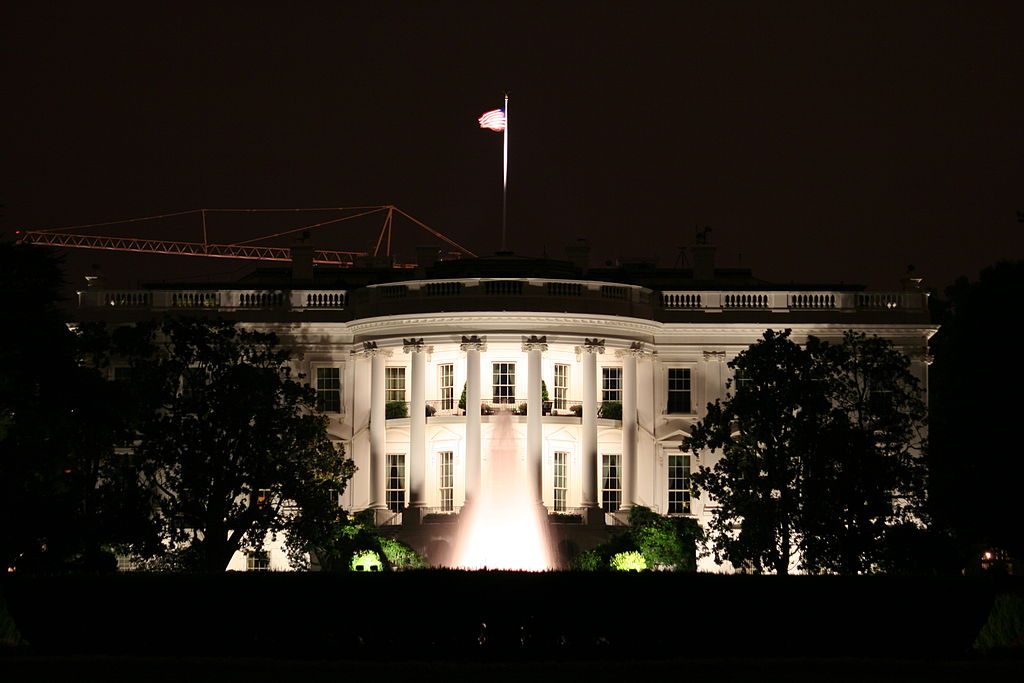The 2002 Iraq AUMF Almost Certainly Authorizes the President to Use Force Today in Iraq (and Might Authorize the Use of Force in Syria) [UPDATED]
Following up on a parenthetical near the end of my last post, the 2002 Iraq AUMF states in part: “The President is authorized to use the Armed Forces of the United States as he determines to be necessary and appropriate in order to . . .
Published by The Lawfare Institute
in Cooperation With

Following up on a parenthetical near the end of my last post, the 2002 Iraq AUMF states in part: “The President is authorized to use the Armed Forces of the United States as he determines to be necessary and appropriate in order to . . . defend the national security of the United States against the continuing threat posed by Iraq.” The relatively narrow original purpose of this statute is captured in its preambular language. But what counts is the operative text of the authorization. That text gives the President the discretion to determine when the use of the U.S. Armed Forces is necessary and appropriate to defend U.S. national security against the continuing threat posed by Iraq (not the government of Iraq, not Saddam Hussein, but Iraq), and authorizes the President to use those forces in that circumstance. It is not at all hard to interpret this statute to authorize the President to use force today to defend U.S. national security from the threat posed by the ISIS-induced collapse of Iraq.
Also note that, in contrast to some previous AUMFs, the 2002 AUMF has no geographical limitation. It authorizes force not in Iraq, but rather “against the continuing threat posed by Iraq.” To the extent that the “continuing threat posed by Iraq” is today constituted by ISIS forces operating in tandem (and under a single military structure) in Iraq and Syria, the statute arguably authorizes the use of force against ISIS in Syria. Put another way, the 2002 Iraq AUMF arguably authorizes force against ISIS in Syria if the President determines that such force is necessary and appropriate to defend the national security of the United States against the continuing threat posed by Iraq. It is not hard to imagine that the President could make that determination.
(Note that Section 3(b) of the 2002 AUMF further requires the President to make certain determinations and report them to Congress, but those determinations would be easy to satisfy if the President deemed force to be necessary and appropriate.)
PS: To say that the 2002 AUMF authorizes the President to use force in Iraq and possibly Syria does not mean that he should use force there -- only that he has the statutory authority to do so.
UPDATE: According to The Guardian, a bombing campaign against ISIS in Syria is a live possibility: “Senior US officials told the Guardian that an air campaign was under serious discussion, possibly targeting fighters not just in Iraq but in Syria, where they have seized swaths of territory in the past two years.”
Jack Goldsmith is the Learned Hand Professor at Harvard Law School, co-founder of Lawfare, and a Non-Resident Senior Fellow at the American Enterprise Institute. Before coming to Harvard, Professor Goldsmith served as Assistant Attorney General, Office of Legal Counsel from 2003-2004, and Special Counsel to the Department of Defense from 2002-2003.


.jpg?sfvrsn=5a43131e_9)


